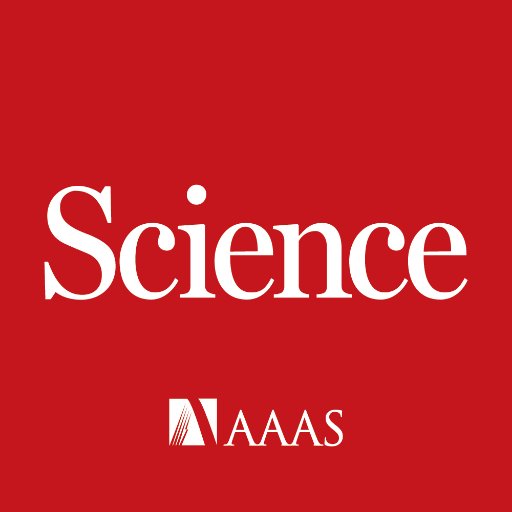
@ScienceMagazine
The world's leading outlet for cutting-edge research in all areas of science. Follow @NewsfromScience for stories from our news team.

@ScienceMagazine
The world's leading outlet for cutting-edge research in all areas of science. Follow @NewsfromScience for stories from our news team.